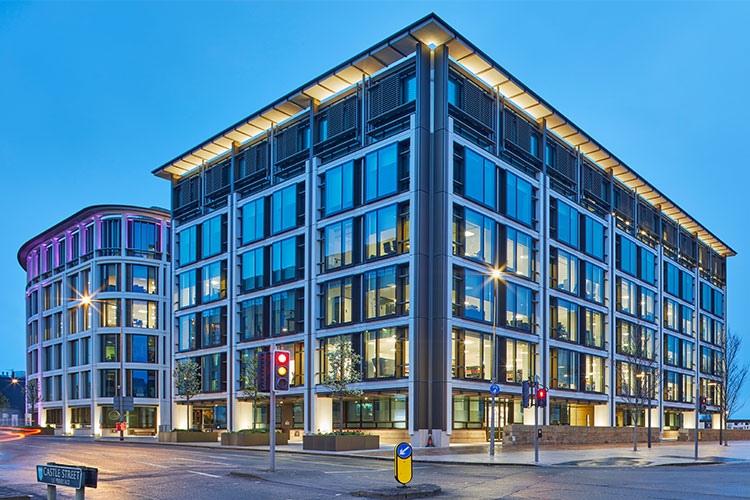

Bank of London and Middle East said purpose-built student accommodation is a popular asset among investors from the region
August 05, 2024 | Staff Reporter | UAE, UK | Property Management

GCC investors are expected to spend more than $4 billion annually on UK commercial property as interest rates fall, creating improved affordability and outlook. The Bank of London and The Middle East (BLME) said purpose-built student accommodation buildings are a popular asset due to a growing number of students from the Gulf region at British universities.
The bank said the UK market is heading for a “once-in-a-decade economic alignment” as new opportunities emerge for GCC investors as a result of cuts in interest rates, a new government, and falling inflation and lower property prices in some segments.
The Bank of England (BoE) announced that it was cutting its base rate from 5.25% to 5%, the first cut since 2020, following a period of rate hiking to tackle inflation. The BLME’s report on UK property investment from the Gulf said 87% of those surveyed said falling interest rates would be a key driver of GCC investor appetite over the next 12 months, adding that significant pent-up demand is about to be unleashed.
Other factors include a “green premium” from upgrading assets which fall below new or anticipated environmental requirements as well as living sector opportunities being driven by demographic shifts and undersupply of residential properties.
Rashid Khan-Gandapur, director, real estate finance at BLME said investment in UK commercial properties as a whole is expected to grow to over $4bn annually. “This figure will be boosted further by investment in the residential sector, with GCC investors showing a growing appetite for undertaking large scale living sector investments.”
The majority of respondents, 68%, said investment clients were focused on the student accommodation sector because of a structural shortfall and low tenant failure rates. More than 8,000 GCC students are studying in British universities, a figure that has doubled in five years, the BLME said citing the Higher Education Statistics Agency (HESA).